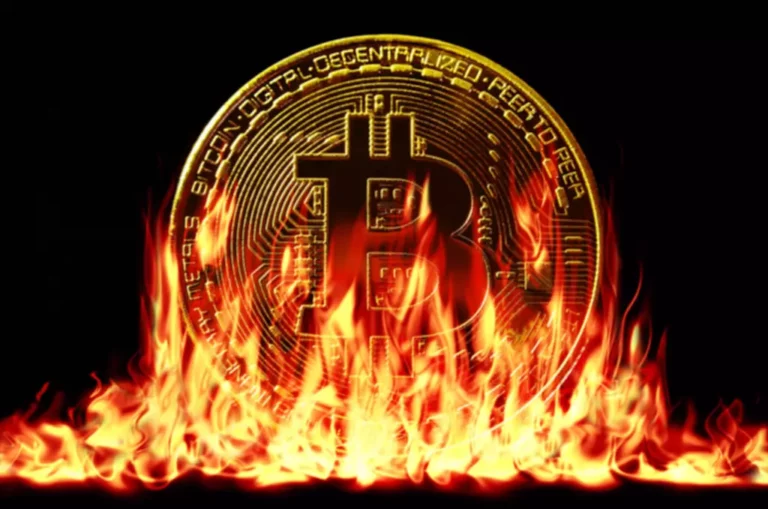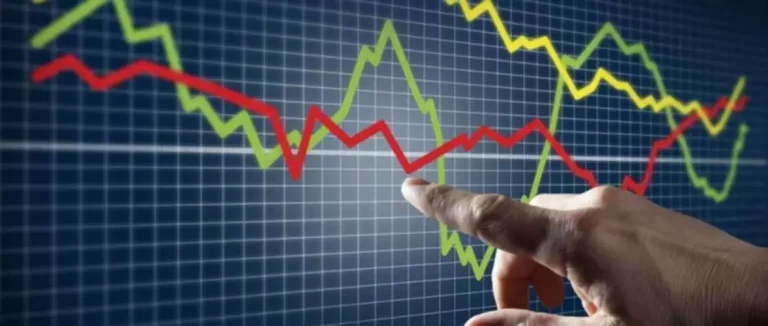ATS platforms are mandated to disclose pertinent information corresponding to commerce volumes, execution prices, and order guide depth to advertise transparency and price discovery. Real-time reporting mechanisms allow traders to assess market conditions precisely and make informed trading choices. Moreover, ATS operators implement pre-trade and post-trade transparency measures to enhance market integrity and mitigate information asymmetry. ATS platforms provide a number of benefits, corresponding to lower fees and quicker trades.
Regulators have stepped up enforcement actions towards ATSs for infractions corresponding to trading towards customer order move or making use of confidential buyer trading information. These violations may be extra common in ATSs than in nationwide exchanges as a result of ATSs face fewer regulations. As a primary step within the effort to support enhanced public information on ATS trading exercise, Goldman Sachs Execution and & Clearing, L.P. (GSEC) recently ats brokerage adopted a standardized technique for counting executed trades in its ATS. The way forward for Alternative Trading Systems is poised for continued innovation and progress, fueled by developments in expertise and evolving market dynamics. ATS operators are poised to leverage emerging applied sciences such as blockchain and distributed ledger technology (DLT) to enhance operational effectivity and transparency additional.
Traditional exchanges are appreciated for their transparency and controlled nature, however they could be less efficient and more pricey for traders. Often, the accounts during which the trades are performed could be nameless, which is extremely advantageous for traders. It ought to be famous that darkish swimming pools and crossing networks are authorized, though they’ve undergone scrutiny by the monetary press and news shops lately. They trade in large blocks and customarily make arrangements with market makers who can discover patrons and sellers for the other side of these large trades.
How Does An Ats Differ From Conventional Stock Exchanges?
The trade merely provides the platform for the commerce to happen and isn’t concerned within the actual execution of the commerce. Call markets are a subset of ATS that group together orders until a particular quantity is reached before conducting the transaction. A call market, due to this fact, determines the market-clearing value (the equilibrium value of a traded security) based mostly on the variety of securities supplied and bid on by the sellers and patrons, respectively. Some examples of ATS embrace electronic communication networks, dark pools, crossing networks, and call markets. As a result, dark pools, together with high-frequency buying and selling (HFT), are oft-criticized by these in the finance industry; some merchants consider that these elements convey an unfair benefit to certain gamers in the stock market.
ATSs account for a lot of the liquidity present in publicly traded issues worldwide. They are often recognized as multilateral trading services in Europe, ECNs, cross networks, and call networks. Most ATSs are registered as broker-dealers quite than exchanges and concentrate on finding counterparties for transactions. Instead of routing your order to an exchange, your brokerage agency could execute your order itself or might route your order to an execution venue that isn’t registered as an trade or an ATS. But all off-exchange, off-ATS activity must take place at a registered broker-dealer, so it’s still topic to SEC and FINRA oversight. And whereas these venues may be thought of “darkish,” all trades have to be reported to the appropriate commerce reporting facility for the sort of safety being traded, just like trades occurring on an ATS.

ATS cater to a various array of asset courses, together with equities, mounted earnings securities, and derivatives, catering to the evolving needs of market participants. However, the proliferation of ATS has led to market fragmentation, with liquidity dispersed across multiple venues. This fragmentation poses challenges for regulators and market individuals, necessitating collaborative efforts to ensure market integrity and stability. They’re more and more being used in varied markets, from traditional shares to tokenized securities.
Why You’ll Find A Way To Trust Finance Strategists
All commerce knowledge for listed stock transactions occurring on ATSs, including dark swimming pools, should be submitted to a FINRA Trade Reporting Facility (TRF) and is revealed on the consolidated tape together with trades occurring on exchanges. Firms must report trades in unlisted shares to the FINRA OTC Reporting Facility (ORF) and trades in mounted income securities to the FINRA Trade Reporting and Compliance Engine (TRACE). It serves as a substitute for conventional exchanges, providing a platform that connects various market individuals immediately, usually bypassing the intermediaries typical of typical exchange-based trading. The main difference between an alternate buying and selling system and a darkish pool is that alternative buying and selling techniques are open to most of the people and supply market info to their individuals, while darkish pools are private. In addition, various trading systems charge fees for his or her services, while darkish swimming pools don’t.

Dark swimming pools are non-public alternative trading methods that aren’t accessible to most people. A inventory change is a closely regulated market that brings collectively buyers and sellers to commerce listed securities. An ATS is an digital venue that additionally brings buyers and sellers together; however, it doesn’t have any regulatory obligations (though it is regulated by the SEC) and trades both listed and unlisted securities. Alternative buying and selling systems are largely utilized by institutional traders trading in giant sizes (called block trades). ATSs permit institutional traders to privately search out patrons and sellers who could be a great match for bigger trades. This is unlike a public change, which broadcasts trades to everybody on the change.
What Do Various Trading Techniques Do?
Dark swimming pools are designed for buying and selling giant volumes of shares with out public disclosure, while other ATS platforms could supply different advantages like lower charges or quicker execution. Moreover, ATS also can present extra liquidity to the market, permitting for doubtlessly smoother transaction processes and reducing worth volatility. ECNs are computer-based methods that match buy and promote orders for securities not listed on a formal change. These systems enable merchants to commerce instantly with each other without going through an intermediary.

ECNs additionally present market data to their individuals, similar to costs and order sizes. Most ECNs cost fees for his or her services on a per-trade basis which can quickly add up. However, ECN participants can also commerce outside typical stock exchange trading hours, which permits for increased flexibility. As a outcome, many exchanges have found the idea of an alternative trading system to be a beautiful option.
Peer-to-peer Community
Alternative Trading Systems (ATS) provide a different avenue for buying and selling securities than conventional exchanges, serving as regulated platforms that join potential consumers and sellers. While they function equally to national securities exchanges in matching orders, they do not seem to be categorised as such. Unlike national securities exchanges, they provide a much less formal, extra flexible market construction. Although beneath the regulation of the SEC, an ATS maintains its distinctive id by operating underneath its personal set of rules, creating a distinct segment marketplace for sure types of securities.

Alternative Trading Systems play an important position in public markets as an alternative selection to conventional inventory exchanges to access market liquidity or how quickly an asset may be bought for goods or services. Stock exchanges are outlined by the Securities Exchange Act of 1934 and generally embody venues that deliver collectively a number of consumers and sellers. Although set up in one other way from FINRA, national securities exchanges are also categorized as self-regulatory organizations (SROs), that means they have rules of conduct that apply to their members.
Unlike conventional exchanges, some ATS don’t present pre-trade value transparency. This implies that prices are not publicly displayed before trades are executed, which may restrict the value discovery process. In the dynamic landscape of economic markets, an Alternative Trading System (ATS) is a non-exchange trading venue that matches buyers and sellers to execute transactions.
In the European Union, the Markets in Financial Instruments Directive II (MiFID II) provides the regulatory framework for ATS. This directive goals to enhance transparency, promote competition, and higher shield traders. Given their reliance on expertise, ATS are vulnerable to operational risks, together with system failures, programming errors, and cyber threats.
In the realm of finance, an Alternative Trading System (ATS) stands as a pivotal part, offering a dynamic platform for securities trading outside traditional inventory exchanges. This intricate ecosystem serves numerous participants, including institutional investors, broker-dealers, and high-frequency traders, enabling them to execute trades effectively. The emergence of ATS has reshaped the panorama of financial markets, introducing enhanced liquidity, transparency, and accessibility. Understanding the nuances of ATS is paramount for traders and market members navigating the complexities of contemporary buying and selling environments. Alternative Trading Systems (ATS) operate as personal trading venues that match consumers and sellers.